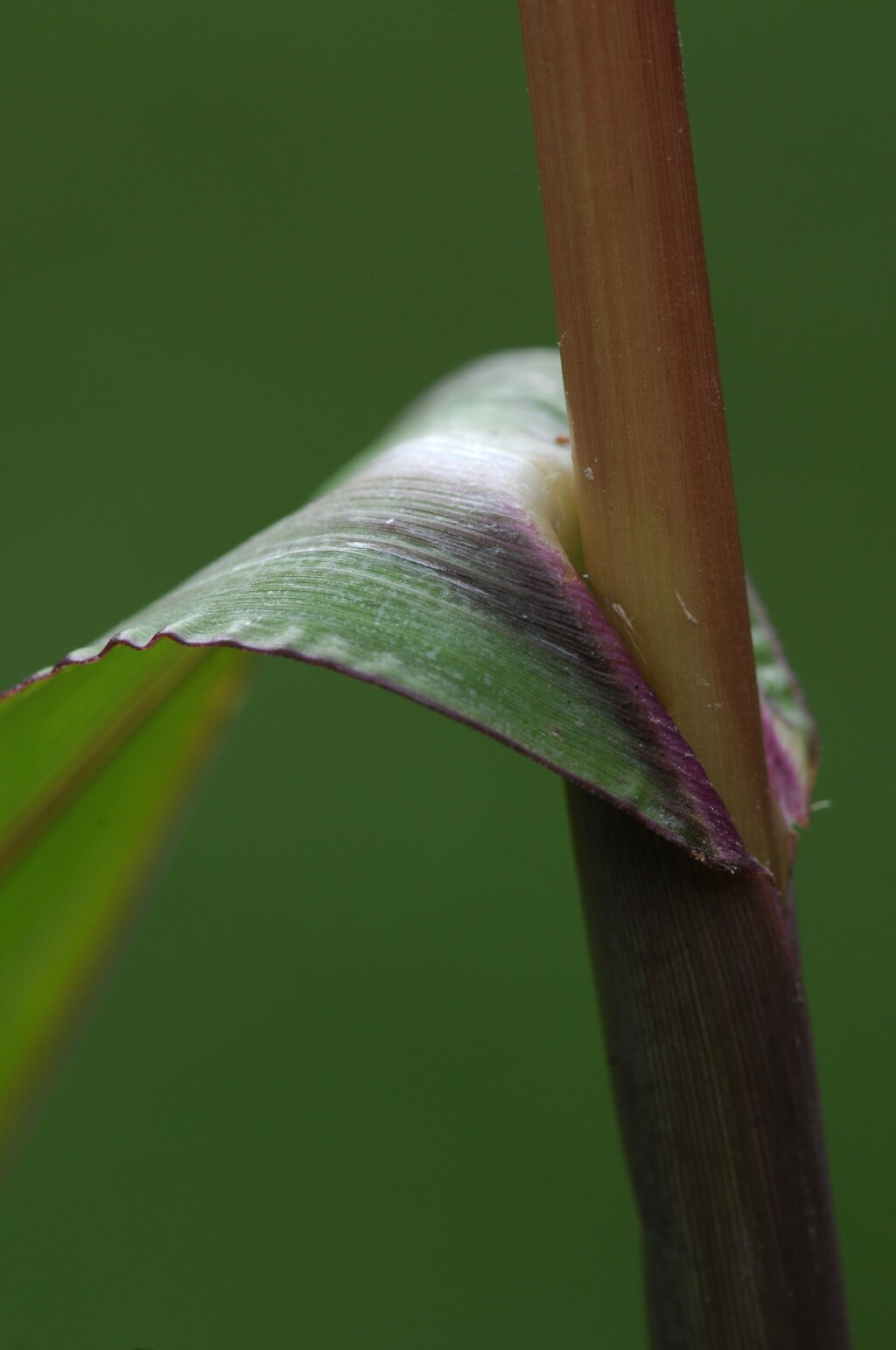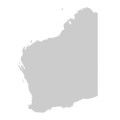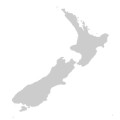Echinochloa microstachya
(Wiegand) Rydb. American Barnyard GrassTufted annual. Culms erect, to 100 cm high. Leaves glabrous; blade flat, 7–20 cm long and 4–11 mm wide, margins often undulate. Panicle 6–13 cm long, partially enclosed in upper sheath at maturity; primary branches more or less appressed to main axis, 2–5 cm long, scabrous, with several bristles subtending each group of spikelets. Spikelets 3–3.7 mm long (excluding awns); lower glume 3–5-nerved, ovate, c. 1 mm long, glabrous or hairy, mucronate; upper glume 5-nerved, as long as spikelet (excluding awns), acuminate or with an awn to c. 1 mm, dorsally rounded, bristly along the nerves, often pubescent between nerves; lower floret neuter; lower lemma equal to upper glume but flat, acuminate or with an awn to 8 mm long, palea slightly shorter than body of lemma, membranous; upper lemma subequal to spikelet, dorsally rounded, smooth, pale, tapered evenly to thinner, but firm apical point 0.5–0.8 mm long; upper palea subequal to lemma. Flowers Nov.–Apr.
VVP, VRiv, MuF, GipP, CVU, HSF. Also naturalised WA, NSW. An occasional weed of and near irrigated areas (e.g. Barmah, Wangaratta, Lake Glenmaggie near Heyfield). A specimen labelled ‘Hawkesdale, 1899’ at MEL is of uncertain origin. Probably introduced with grain crops (recorded as a weed in maize and rice).
Walsh, N.G. (1994). Poaceae. In: Walsh, N.G.; Entwisle, T.J., Flora of Victoria Vol. 2, Ferns and Allied Plants, Conifers and Monocotyledons, pp. 356–627. Inkata Press, Melbourne.
 Spinning
Spinning


